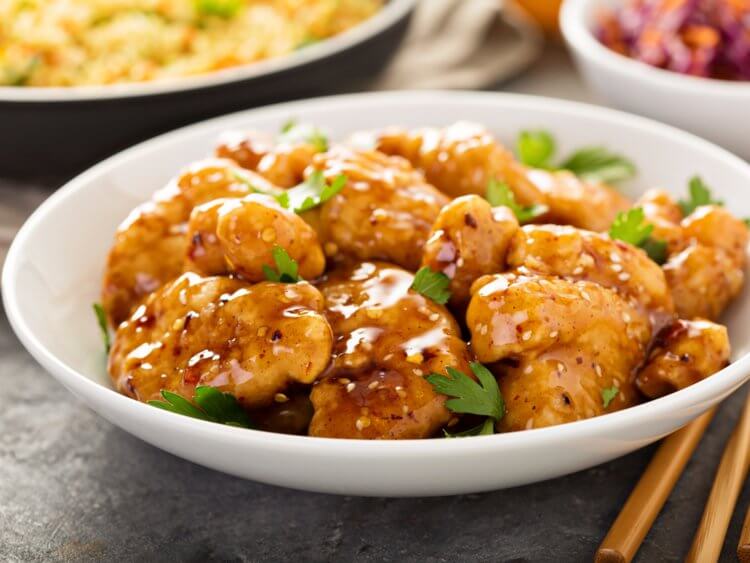House Speaker Robert DeLeo broke his silence Thursday on a lavish taxpayer-paid Chinese meals dinner party for House lawmakers in April, saying, “People ought to consume.” “Food is furnished now not handiest for the legislators however for the personnel,” DeLeo said of reps who labored into the nighttime on finances deliberations that day, and the House lifestyle is to feed them. “I can’t recollect while it wasn’t performed.”
 The $4,745 takeout order from the Hong Kong Dragon in Winthrop — the speaker’s district — becomes put on the House P-card, consistent with credit score card information acquired by the Herald. DeLeo defended it as a part of House’s commercial enterprise. “At a few factors, you already know, humans need to devour,” DeLeo said while attending a Joseph P. Kennedy II Citizens Energy occasion in Revere. “It makes existence simpler regarding looking to get matters carried out. There’s no want to interrupt for an extended period.
The $4,745 takeout order from the Hong Kong Dragon in Winthrop — the speaker’s district — becomes put on the House P-card, consistent with credit score card information acquired by the Herald. DeLeo defended it as a part of House’s commercial enterprise. “At a few factors, you already know, humans need to devour,” DeLeo said while attending a Joseph P. Kennedy II Citizens Energy occasion in Revere. “It makes existence simpler regarding looking to get matters carried out. There’s no want to interrupt for an extended period.
“Many times, the breaks can be as brief as a 1/2 hour; it’s 45 minutes or so, and humans genuinely can’t exit and get lower back due to the fact I try to be as punctual as I can so that we can flow the court cases alongside,” DeLeo brought. “So this is the total cause why we offer food to again now not simplest representatives but the group of workers as nicely.” DeLeo didn’t bite while requesting that the Legislature, governor’s office, and judiciary be exempt from public information laws.
“I think that we observe every law we’ve out there right now at the books,” the speaker said. “I think we also preserve to take a glance in terms of the way it can be accelerated. “But I think proper now, in phrases of what the Legislature does,” he brought, “I think we do the whole thing in compliance with the prevailing laws.” The exemptions make Massachusetts the most straightforward nation in the kingdom with such blanket protection. DeLeo has denied several data requests — steadfastly protecting the Legislature’s exemption. Notably, he has refused to discuss non-disclosure agreements, shielding public officers accused of sexual harassment. The order covered General Gau bird, sesame chicken, rice, noodles, and other dishes from Hong Kong Dragon for the late-night finances debate.
For the second year, Massachusetts became the ultimate kingdom in the United States to approve a price range for the 2020 fiscal year. The budget sooner or later surpassed on July 22. State Rep. James Hawkins (D-Attleboro), who has co-signed an invoice calling for an examination of a decline in nearby journalism, said he no longer returned scrapping the Legislature’s exemption to public facts laws. “I’m no longer going there,” he stated. “Transparency is a completely exceptional dialogue that isn’t in that bill.”
He did say “perhaps” that opening up the books in the House to the public records laws would be well worth debating, but he disagreed with connecting the local journalism bill and transparency. “I’m running on educate stations rotting, humans dwelling in tents in Attleboro, excessive taxes on seniors, and pushing for schooling,” Hawkins brought. As for the exemption: “I didn’t need to move there.” When you consider historic Chinese food, the primary factor that comes to your mind is rice.
This is so because rice became the first grain farmed in China. The evidence of rice harvesting dates back to as long as 5000 BC. People used to prepare dinner rice by boiling it in water, and the same method kept to date. Between 5000 BC and the contemporary 2011, China produced and mastered a multifaceted cooking machine. This machine identifies the proper elements to mix in a dish, whether to steam, fry, deep fry, or boil, even as cooking and various flavoring techniques. Further in this text, I have outlined some specific historical traits of Chinese cuisine that can be observed in present-day cooking.
1. Ancient Cooking Styles
The historic Chinese food may be divided into the southern and northern fashions of cooking. Some of the eminent southern cooking patterns are Hunan and Szechwan, which can be recognized for chili peppers; Chekiang and Kiangsu cooking style that primarily stresses freshness and compassion; and Cantonese cuisine, which may be diagnosed with its little sweetness and loads of variety. Rice and different rice merchandise like rice noodles, rice congee, and rice cake are usually consumed with southern dishes. On the other hand, Northern dishes are recognized for their garlic and vinegar flavoring. Northern Chinese food comprises pasta, steamed flavored bread, fried meat, cooked and crammed buns, and noodles. The first-rate acknowledged Northern Chinese cooking styles are used to make Tientsin, Peking, and Shantung.
2. Color, Flavor, and Aroma Of The Ancient Chinese Food
The Chinese human beings continually gave significance to the food’s shade, aroma, and flavor. The fundamental dish usually covers a mixture of three to five hues using black, yellow, white, red, green, and caramel-colored components. Usually, a vegetable dish, at the side of a non-vegetarian dish, is cooked using one primary factor and then adding 2-three secondary ingredients of complementary colors. The resultant word is full of coloration, flavor, and aroma.
